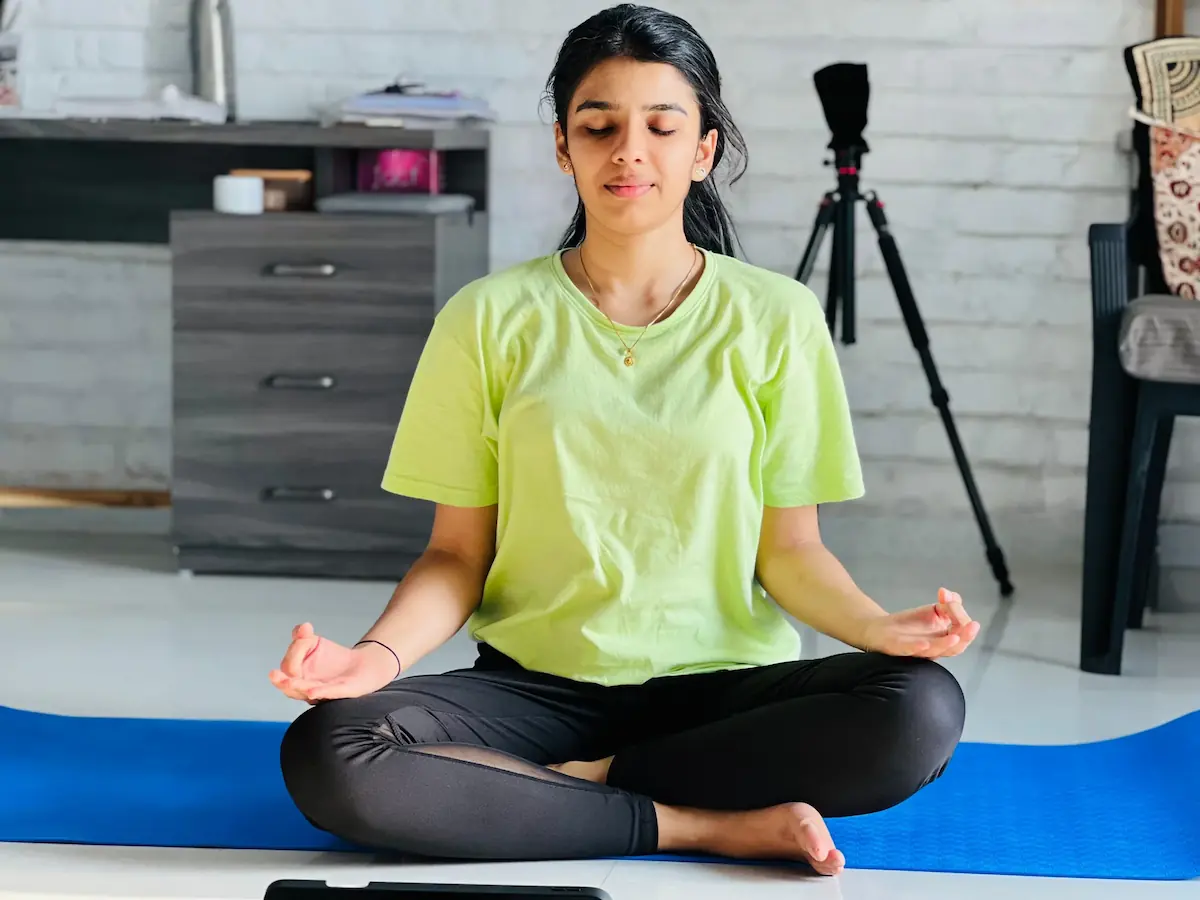Why Start Yoga at Home for PCOS?
Polycystic Ovary Syndrome (PCOS) affects millions of women globally, bringing with it challenges like irregular periods, hormonal imbalance, mood swings, and weight gain. While medicine plays its part, adding yoga to your lifestyle can offer tremendous support — all from the comfort of your home.
Yoga doesn’t just stretch the body; it calms the mind, regulates hormones, improves metabolism, and boosts emotional well-being. The best part? You don’t need to be a pro. Even beginners can get started with these simple, therapeutic poses.
8 Best Yoga Poses for PCOS Relief
Shavasana (Corpse Pose)
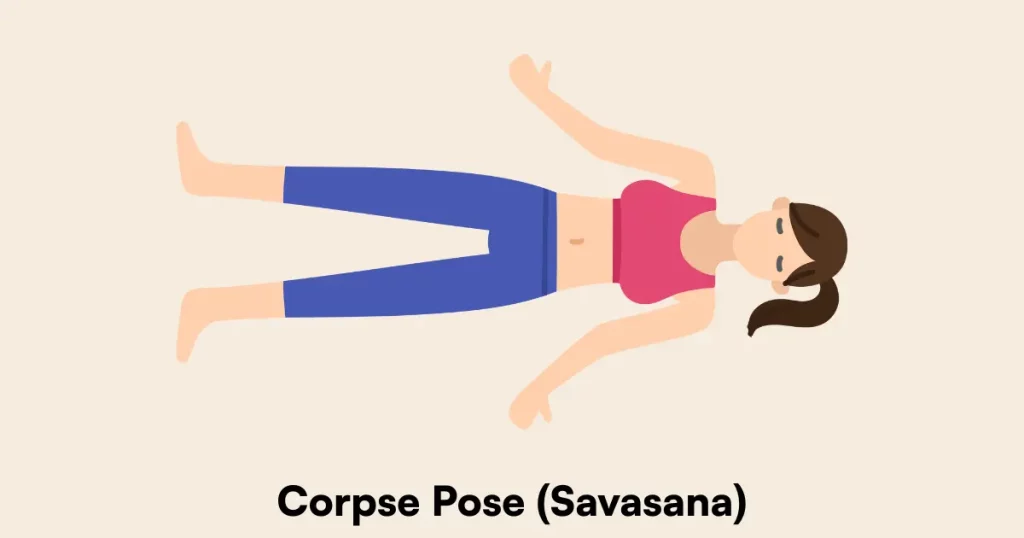
A deep rest for the body and mind
Steps to Practice:
- Lie flat on your back with arms beside your body, palms facing upward.
- Legs should be relaxed, slightly apart.
- Close your eyes and breathe naturally, letting go of all tension.
Benefits:
- Calms the nervous system
- Reduces cortisol (stress hormone) levels
Tips:
- Stay in this pose for at least 5–10 minutes post-practice.
Balasana (Child’s Pose)

A gentle way to release stress and tension
Steps to Practice:
- Kneel down and sit on your heels.
- Fold your body forward, resting your forehead on the mat.
- Extend your arms forward or beside your body.
Benefits:
- Eases menstrual cramps and lower back pain
- Promotes relaxation
Precaution:
- Avoid if you’re pregnant or have severe knee issues.
Setu Bandhasana (Bridge Pose)
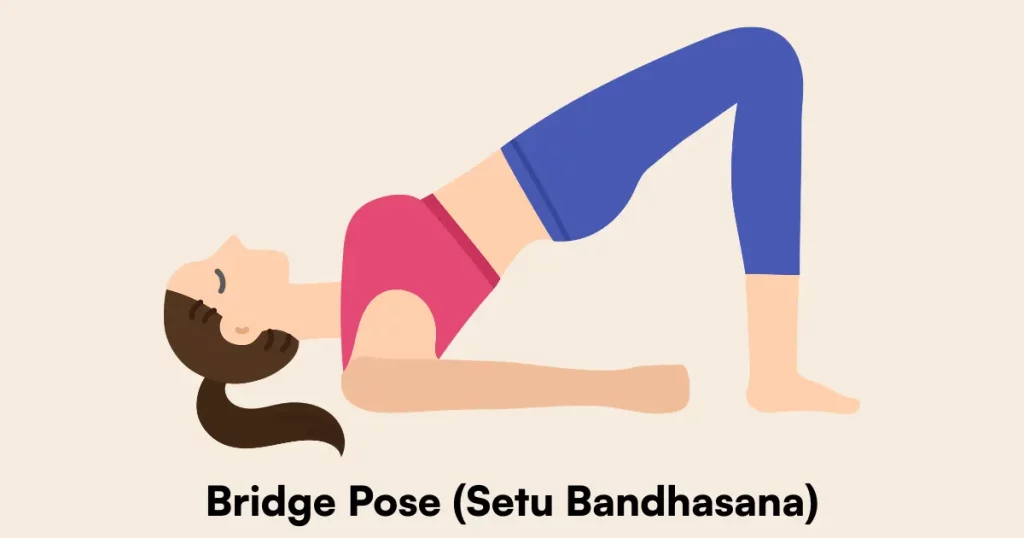
A heart opener and hormone balancer
Steps to Practice:
- Lie on your back, bend your knees, and place feet flat on the ground.
- Arms by your sides, palms down.
- Inhale and lift your hips, engaging your glutes and thighs.
- Hold for a few breaths, then exhale and release.
Benefits:
- Strengthens pelvic muscles and spine
- Supports reproductive organs and relieves lower back tension
Tip:
- Place a cushion under your back for extra support.
Dhanurasana (Bow Pose)
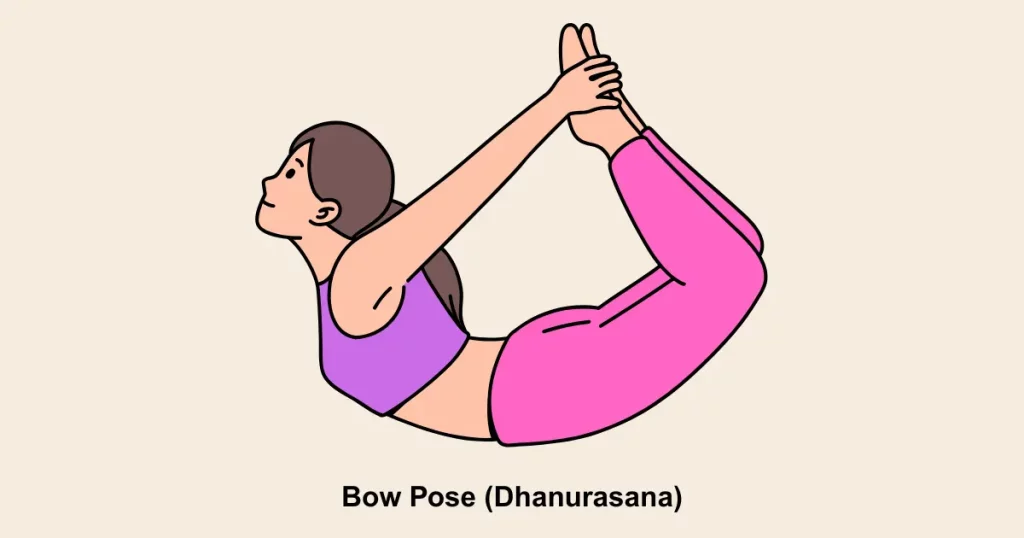
An energizing pose for internal organ health
Steps to Practice:
- Lie on your stomach, bend your knees, and hold your ankles.
- Inhale and lift your chest and thighs off the floor, pulling legs backward.
- Look forward and hold for a few breaths.
Benefits:
- Stimulates digestion and reproductive organs
- Relieves abdominal tension
Precaution:
- Avoid during pregnancy or if you have spinal issues.
Baddha Konasana (Butterfly Pose)
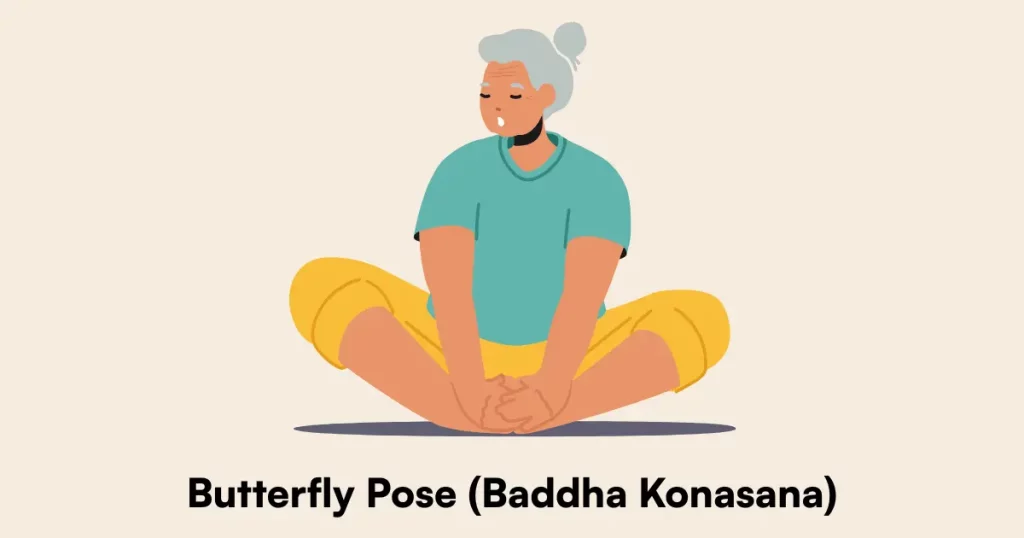
The ultimate pose for pelvic and emotional release
Steps to Practice:
- Sit on the floor, bring the soles of your feet together.
- Let your knees drop to the sides.
- Hold your feet and gently flap your knees like butterfly wings.
Benefits:
- Opens hips and strengthens pelvic floor
- Reduces menstrual discomfort
Tip:
- Sit on a cushion if your knees are far from the ground.
Parivrtta Trikonasana (Revolved Triangle Pose)
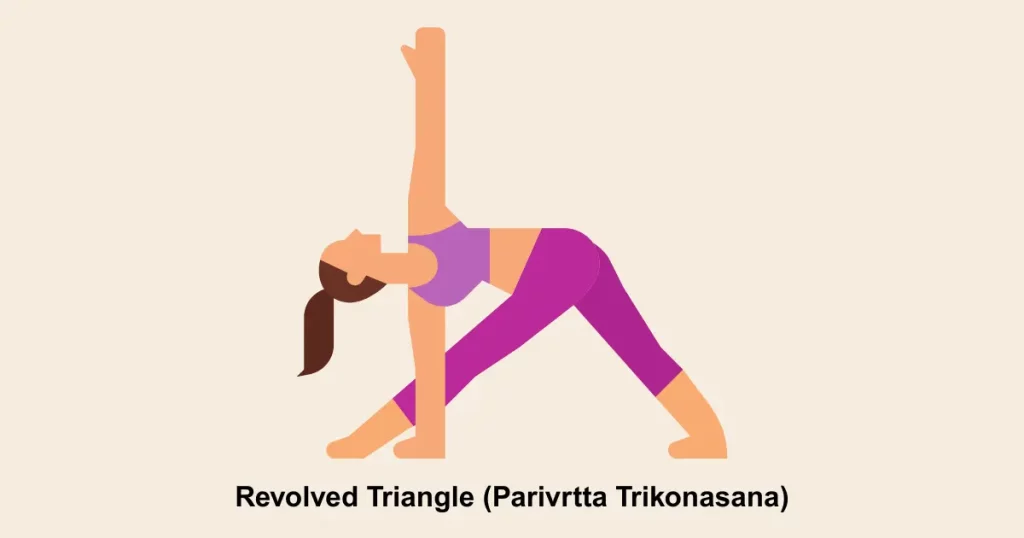
A gentle twist with powerful benefits
Steps to Practice:
- Stand with feet wide apart, turn your right foot out.
- Inhale, extend arms out. Exhale and twist your torso, bringing your left hand to your right foot.
- Raise your right arm upward and look up.
Benefits:
- Stimulates abdominal organs
- Improves balance and digestion
Precaution:
- Avoid if you have back or neck issues.
Malasana (Garland Pose)

The grounding squat to balance hormones
Steps to Practice:
- Stand with feet slightly wider than hip-width.
- Squat down with heels touching the ground (or place a rolled towel under heels).
- Join palms in front of your chest and press elbows against your knees.
Benefits:
- Enhances hip mobility
- Aids digestion and reproductive function
Tip:
- Keep your spine straight to avoid pressure on the lower back.
Vyaghra Shwasa (Tiger Breathing)
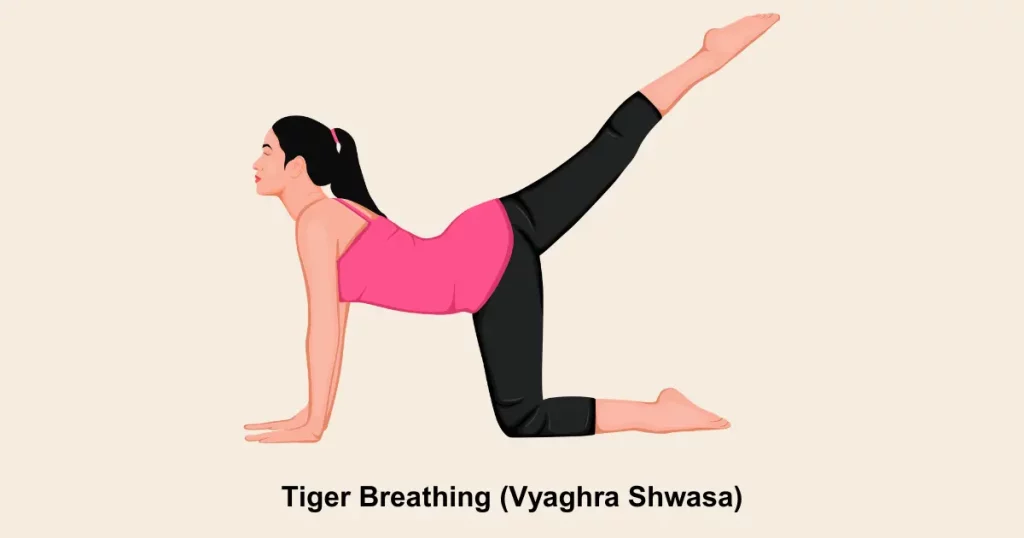
A soothing breath-linked stretch for spinal release
Steps to Practice:
- Get into a tabletop position (on all fours).
- Inhale: Arch your back, lift your head and tailbone (Cow Pose).
- Exhale: Round your spine, tuck chin to chest (Cat Pose).
- Repeat with slow, deep breaths.
Benefits:
- Eases tension in the spine and neck
- Calms the mind and reduces stress
Tip:
- Move slowly and focus on your breath for deeper relaxation.
Read More: 7 Beginner Yoga Poses That Offer Maximum Health Benefits at Home
Conclusion: Begin Your Healing Journey Today
Yoga is more than a physical practice it’s a path to inner balance. For women dealing with PCOS, a daily routine of gentle, mindful movement can make a real difference. Whether it’s the calm of Shavasana or the openness of Baddha Konasana, consistency is key.
Start slow, listen to your body, and allow your breath to guide you. Your hormonal health, mind, and heart will thank you.
FAQs About Yoga for PCOS
Q1. Can yoga cure PCOS permanently?
Yoga doesn’t cure PCOS but can help manage symptoms effectively by reducing stress, improving hormonal balance, and boosting metabolism.
Q2. How often should I practice yoga for PCOS relief?
Aim for 20–30 minutes of daily practice. Even 3–4 days a week can show benefits over time.
Q3. Are all yoga styles suitable for PCOS?
No. Avoid high-intensity or overly vigorous yoga forms. Choose calming, breath-focused practices like Hatha or Yin Yoga.
Q4. When is the best time to practice yoga?
Early morning or evening when your stomach is empty is ideal, but any time you feel calm and focused works.
Q5. Do I need props as a beginner?
Yes, using cushions, blocks, or rolled towels can help support your body and ensure comfort and alignment.

